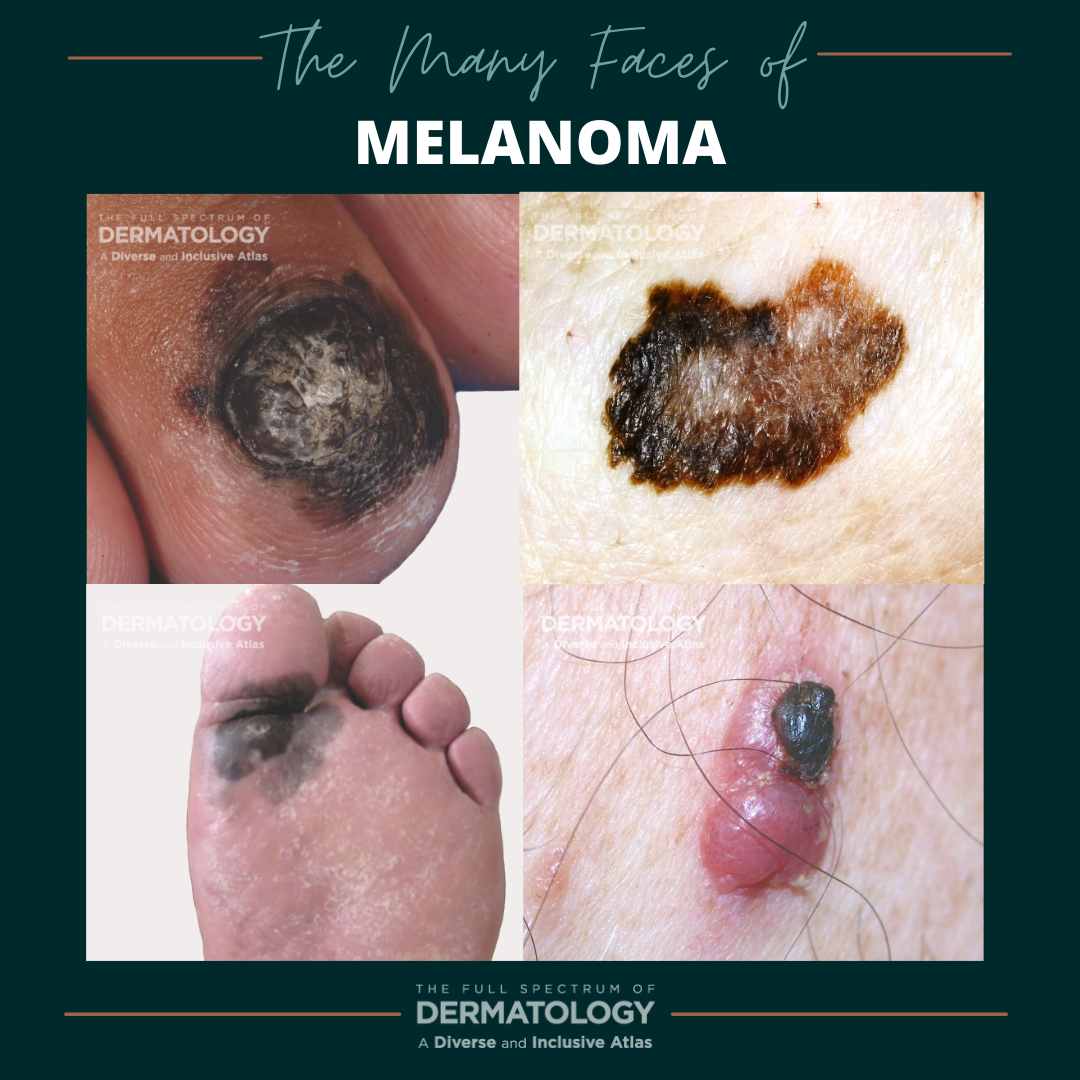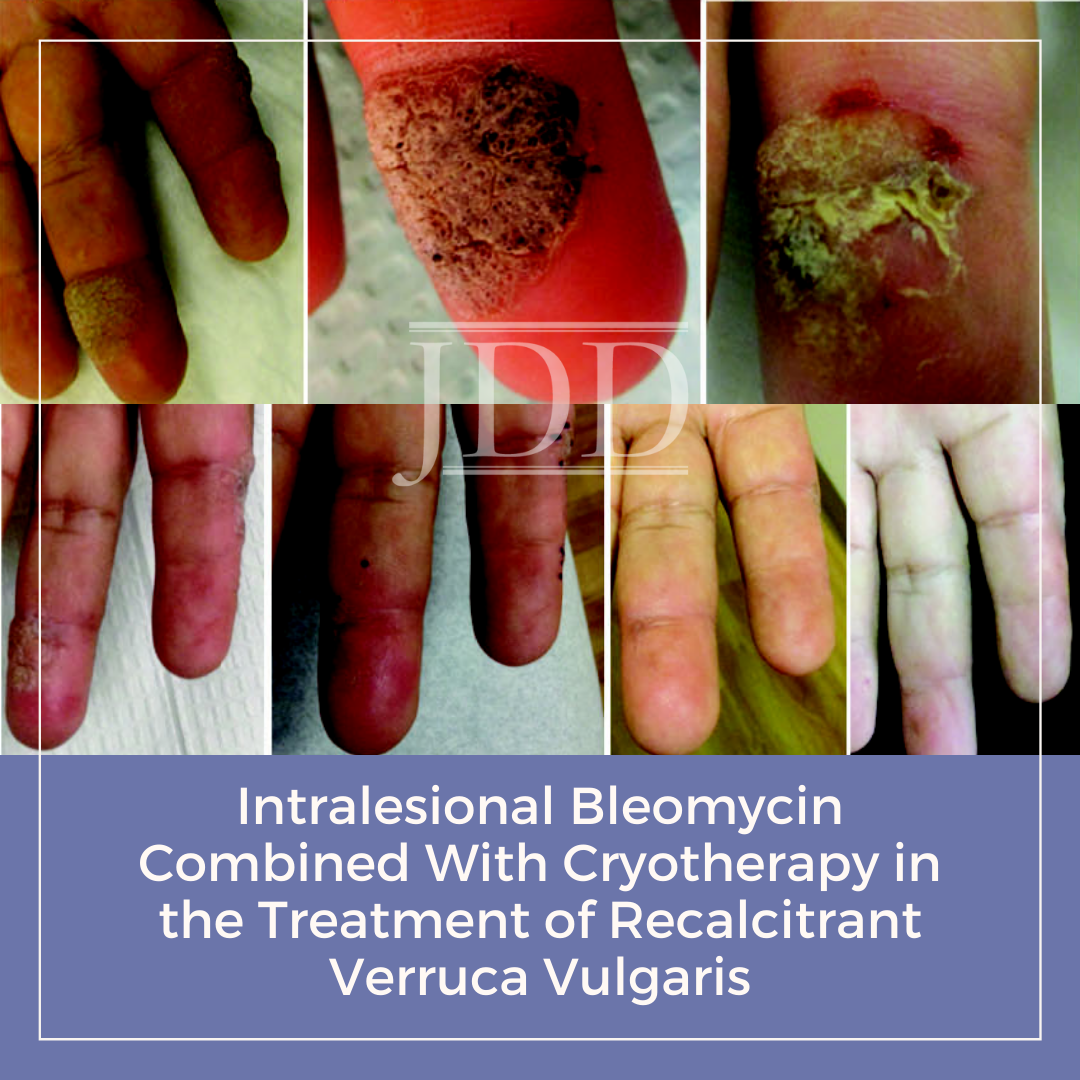The Many Faces of Basal Cell Carcinomas (BCCs)
 Our new series, “The Many Faces of”, showcases side-by-side images of some of the most commonly seen dermatology conditions in an array of skin tones and briefly highlight nuances in clinical presentation. All images featured in the series are part of The Full Spectrum of Dermatology: A Diverse and Inclusive Atlas, a resource developed by co-editors Misty Eleryan, MD, MS, and Adam Friedman, …
Our new series, “The Many Faces of”, showcases side-by-side images of some of the most commonly seen dermatology conditions in an array of skin tones and briefly highlight nuances in clinical presentation. All images featured in the series are part of The Full Spectrum of Dermatology: A Diverse and Inclusive Atlas, a resource developed by co-editors Misty Eleryan, MD, MS, and Adam Friedman, …
 Our new series, “The Many Faces of”, showcases side-by-side images of some of the most commonly seen dermatology conditions in an array of skin tones and briefly highlight nuances in clinical presentation. All images featured in the series are part of The Full Spectrum of Dermatology: A Diverse and Inclusive Atlas, a resource developed by co-editors Misty Eleryan, MD, MS, and Adam Friedman, …
Our new series, “The Many Faces of”, showcases side-by-side images of some of the most commonly seen dermatology conditions in an array of skin tones and briefly highlight nuances in clinical presentation. All images featured in the series are part of The Full Spectrum of Dermatology: A Diverse and Inclusive Atlas, a resource developed by co-editors Misty Eleryan, MD, MS, and Adam Friedman, … Continue reading "The Many Faces of Basal Cell Carcinomas (BCCs)"


 Our new series, “The Many Faces of”, will showcase side-by-side images of some of the most commonly seen dermatology conditions in an array of skin tones and briefly highlight nuances in clinical presentation. All images featured in the series are part of The Full Spectrum of Dermatology: A Diverse and Inclusive Atlas, a resource developed by co-editors Misty Eleryan, MD, MS, and Adam Frie …
Our new series, “The Many Faces of”, will showcase side-by-side images of some of the most commonly seen dermatology conditions in an array of skin tones and briefly highlight nuances in clinical presentation. All images featured in the series are part of The Full Spectrum of Dermatology: A Diverse and Inclusive Atlas, a resource developed by co-editors Misty Eleryan, MD, MS, and Adam Frie …  The May 2022 issue of the Journal of Drugs in Dermatology (JDD) focuses on skin cancer and features other topics such as fungal infections, updates on new topical advances, and Mohs micrographic surgery. We share this month’s issue highlights straight from the JDD Editor’s desk:
Insights in Skin of Color Patients With Atopic Dermatitis and the Role of Skincare in Improving Outcomes concludes …
The May 2022 issue of the Journal of Drugs in Dermatology (JDD) focuses on skin cancer and features other topics such as fungal infections, updates on new topical advances, and Mohs micrographic surgery. We share this month’s issue highlights straight from the JDD Editor’s desk:
Insights in Skin of Color Patients With Atopic Dermatitis and the Role of Skincare in Improving Outcomes concludes …  Verruca vulgaris is a common cutaneous manifestation of Human Papillomavirus (HPV) infection that presents as hyperkeratotic, cauliflower-like papules with central black petechiae. These lesions may be resistant to conventional therapies, posing a therapeutic challenge and prolong significant morbidity for the patient. This case report demonstrates an immediate and robust response of recalcitrant …
Verruca vulgaris is a common cutaneous manifestation of Human Papillomavirus (HPV) infection that presents as hyperkeratotic, cauliflower-like papules with central black petechiae. These lesions may be resistant to conventional therapies, posing a therapeutic challenge and prolong significant morbidity for the patient. This case report demonstrates an immediate and robust response of recalcitrant …  The April 2022 issue of the Journal of Drugs in Dermatology (JDD) includes the perfect blend of original articles, case reports, and editorials. With topics ranging from injectable fillers, botulinum toxin in hidradenitis suppurativa, cannabis and cannabinoid product use, to psoriasis, melasma, onychomycosis and everything in between, we share this month’s issue highlights straight from the JDD …
The April 2022 issue of the Journal of Drugs in Dermatology (JDD) includes the perfect blend of original articles, case reports, and editorials. With topics ranging from injectable fillers, botulinum toxin in hidradenitis suppurativa, cannabis and cannabinoid product use, to psoriasis, melasma, onychomycosis and everything in between, we share this month’s issue highlights straight from the JDD …